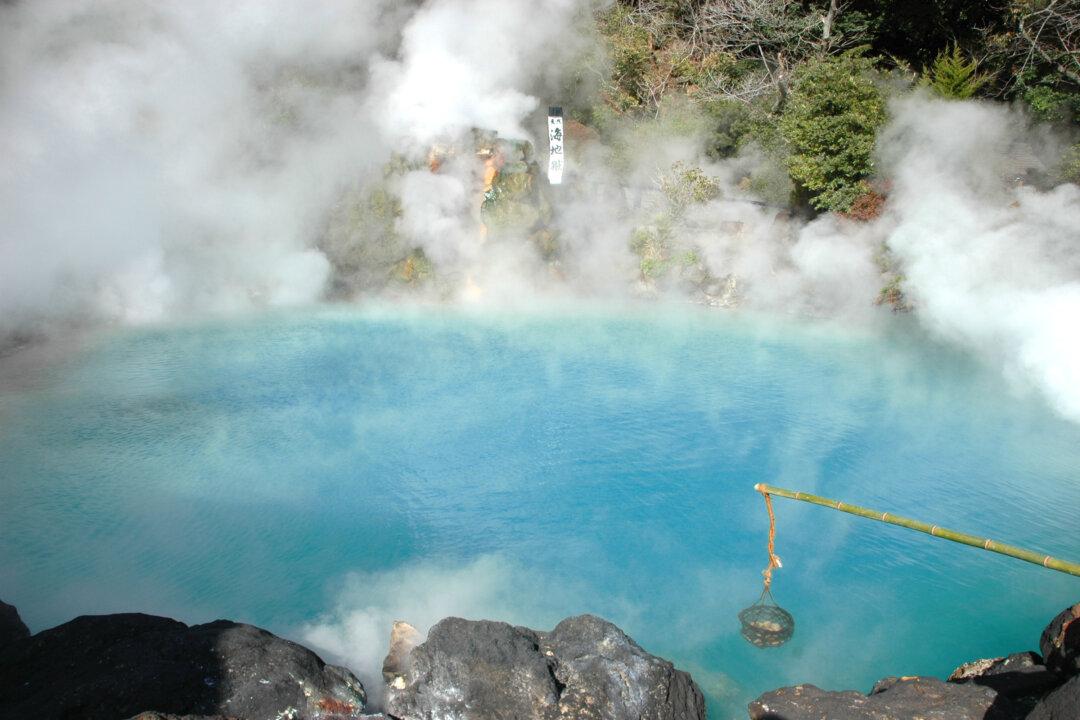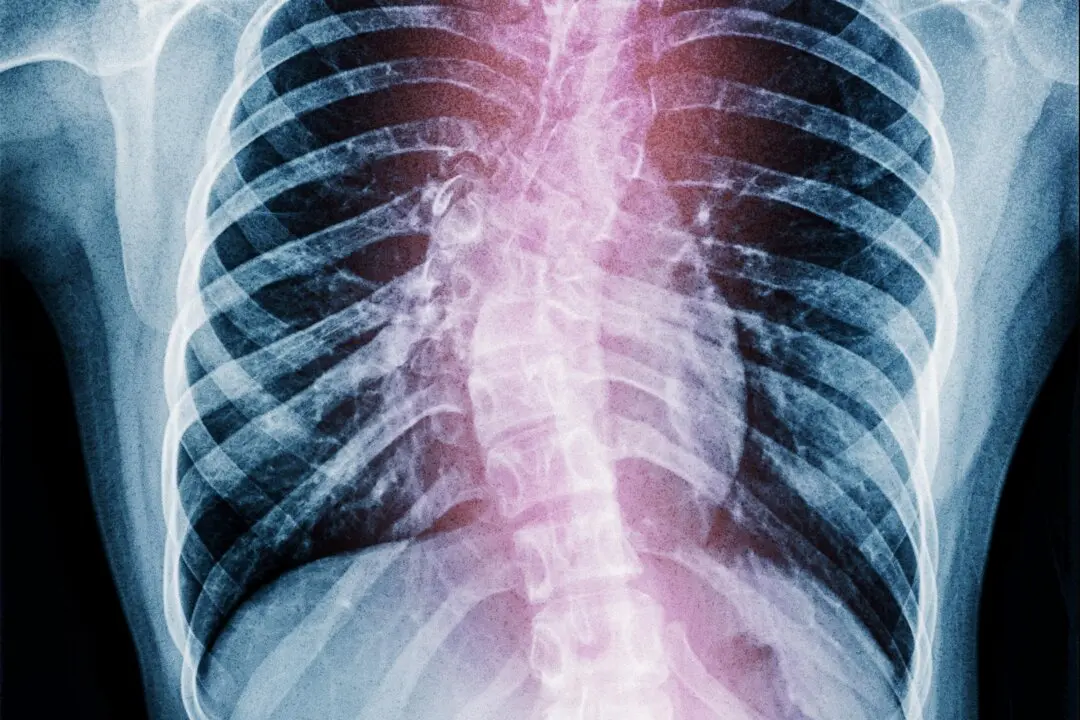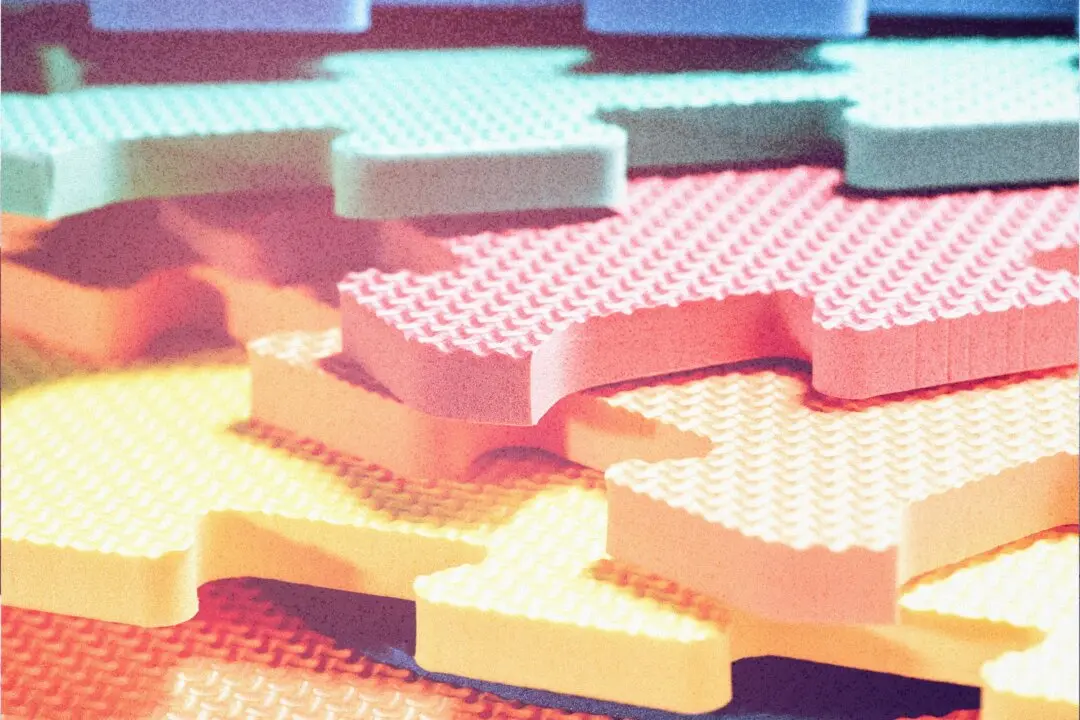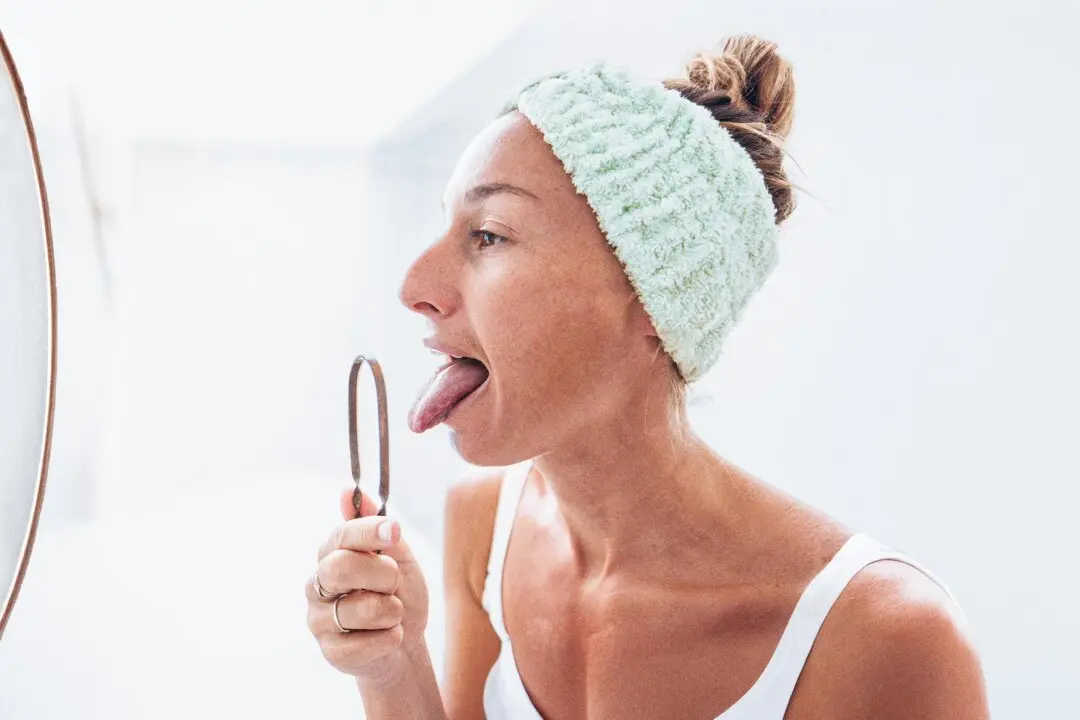Japanese people have a long history of bathing in hot springs to cure diseases. Soaking in a hot spring not only helps people reduce stress but also boasts many beauty and health benefits. Evening hot spring bathing can even improve sleep disorders and prevent high blood pressure, according to new research.
Soaking in hot springs after 7 p.m. can reduce the incidence of high blood pressure in people over the age of 65, according to the Nov. 30 announcement of a research team led by Dr. Yamazaki Satoshi of the Department of Endocrine and Metabolic Diseases at Kyushu University Hospital in Japan.




